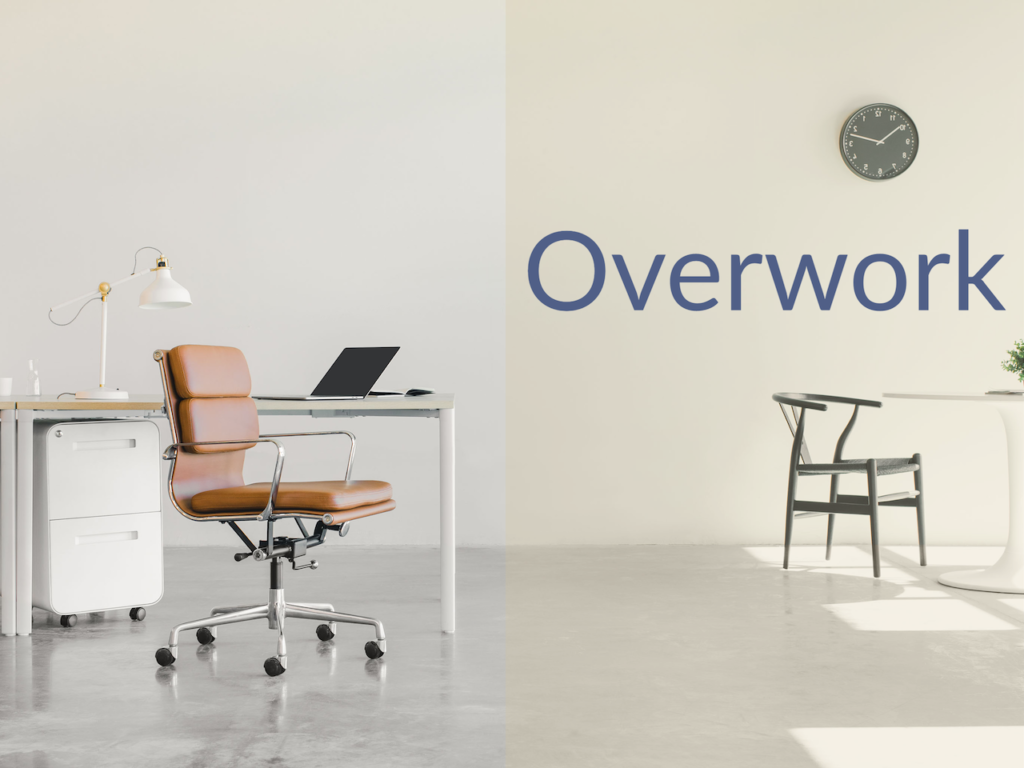How to structure employment so workers are more creative, productive, and happier.

Topics covered include:
- What percentage of employees work at home due to the pandemic
- How many hours per week do men and women work in both paid employment and unpaid caregiving
- How workers have been allocating the time saved by not commuting
- Why the economy would still prosper if we worked only four hours per day
- What is the cult of efficiency
- What is the difference between leisure and amusement
- Why employers reward busyness at work
- How work can be more satisfying and creative
Show Notes
Mental health: C-suite struggles in the pandemic by Rachel Ranosa—Human Resources Director
Deep Work (Rules for Focused Success in a Distracted World) by Cal Newport
In Praise of Idleness by Bertrand Russell—Harper’s Magazine
Do Nothing: How to Break Away from Overworking, Overdoing, and Underliving by Celeste Headlee
Aristotle’s Nicomachean Ethics by Aristotle translated by Robert C. Bartlett and Susan D. Collins
Rest: Why You Get More Done When You Work Less by Alex Soojung-Kim Pang
The Art of the Siesta by Thierry Paquot
When More Is Not Better: Overcoming America’s Obsession with Economic Efficiency by Roger L. Martin
Episode Sponsors
Related Episodes
107: Work, Freedom and Leaving A Legacy
184: Massive Job Losses Are Inevitable But There Will Still Be Work
323: The Economy Is Not A Machine
343: Why the Productivity Slowdown Could Lead to Lower Living Standards
359: Why Are There So Many Shortages?
Transcript
Welcome to Money For the Rest of Us. This is a personal finance show on money, how it works, how to invest it and how to live without worrying about it. I’m your host, David Stein. Today’s episode, 331. It’s titled “Why do we work so hard?”
Work From Home
20 years ago my family and I moved from Cincinnati to Idaho, and I started telecommuting. I first rented a small office in town, because our children were small, and I thought that it might work easier. But after a few years, we built a new home, and I established a home office. And that’s how I’ve worked, out of my house, for the past 16 years, when I haven’t been traveling.
My typical schedule when I was still an investment advisor was to work eight hours a day. I would break up my day into the before lunch section, and I would typically take a nap, I would often exercise during the day, but I felt like I had to be at my desk because that’s what I was paid for.
Deep Work
When tracking my hours—and I’ve looked at a timesheet I did back in 2011—I typically worked about 41 hours a week, spent 5% of my time on email, about two hours per week, and only spent about 17% of my time on what Cal Newport describes as deep work. He defines deep work as professional activities performed in a state of distraction-free concentration, that push our cognitive capabilities to their limit. We can call it deep work, we can call it creative work, but it was only about 17% of my time. The rest was just on stuff that needed to be done, including having meetings, and just administrative stuff.
When I left the investment advisory business nine years ago, I switched my schedule. I began to work 5–6 hours a day. About 25–30 hours per week. But it was way more productive. About 50% of my work time is deep work, creative work. I do spend more time on email now—about three hours a week, 10%–15% of the time—but I rarely take phone calls (email is my primary way of communication), but that’s my schedule.
There’s a routine there, where on Mondays I prep for a podcast and I do some writing, Tuesday I record and edit the podcast, Wednesday I release it and I typically do some video work. Thursday, Friday, and Saturdays are sort of in flux—either I’m doing some type of creative work, I do a Plus episode for Money For the Rest of Us Plus, I do some additional writing. There’s a routine, but there’s not necessarily an absolute set schedule.
A Global Work From Home Experiment
What’s interesting—for the past year, much of the working world is following a similar work-at-home experiment. Prior to the pandemic, about 5% of U.S. workers worked from home. Now it’s estimated to be about 50%. The average commute time in the U.S. prior to the pandemic was about 54 minutes, which means these workers have an increase in time.
In aggregate, according to some work by three Stanford academics, there’s 62 million additional hours per day that have been saved because so many workers are not commuting. How are they spending that extra hour per day?
Well, a survey of 10,000 workers found that about 35% of that hour was spent on their primary job, so they just worked more. 8%, a second job. 27% was spent on household chores and childcare, and 30% on leisure, indoor, and outdoor leisure activities including exercise. So it was sort of an interesting split—about a third leisure, a third household chores, and a third to 40% actually working on either the primary job or a secondary job.
As a Money For the Rest of Us Plus member, you are able to listen to the podcast in an ad-free format and have access to the written transcript for each week’s episode. For listeners with hearing or other impairments that would like access to transcripts please send an email to jd@moneyfortherestofus.com Learn More About Plus Membership »
